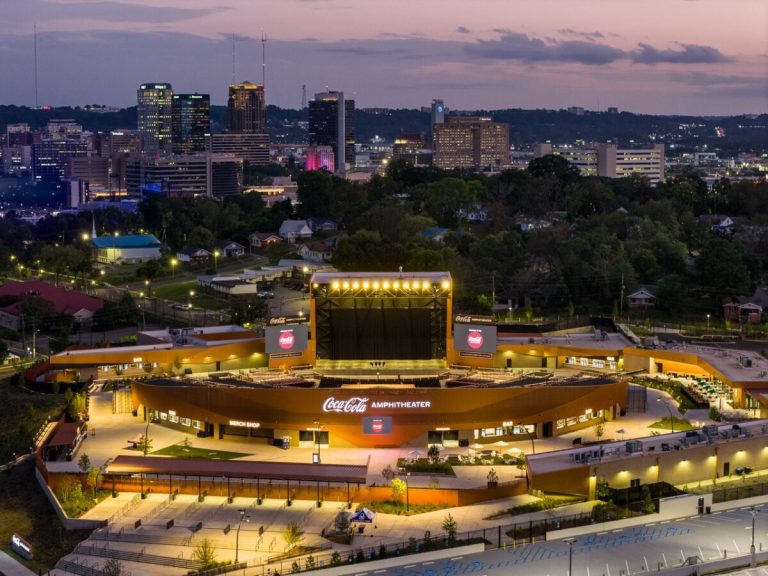Sneak Peek: Red Mountain Park opens 147 year old mine (PHOTOS)
Reading time: 5 minutes

Red Mountain Park has excavated Ishkooda No. 13—a 147 year old historic iron-ore mine established a couple of years after the founding of Birmingham.
On Saturday, October 2, a public hike will be given so people can go out and see the exterior of the now-uncovered mine portal.
Called Mine No. 13 – this relic of the Magic City’s past was unearthed, fully excavated and had the concrete removed from its covered entrance. While steel bars have been installed to ensure public safety, visitors can now view the mine’s exterior and learn its history.

“The No. 13 site is the earliest and perhaps best example of the evolution of mining on the property,” described Red Mountain Park Executive Director, T.C. McLemore, in a Red Mountain Park news release. “People can walk up and feel this 60-degree air soaring from the entrance. You can step back and really imagine what mining life was like. Red Mountain Park continues to uncover Birmingham’s once-lost history.”
Photos of the Mine
Earlier this week, in preparation for the opening, Bham Now’s Nathan Watson took photos of the mine. While he was there, he met Jeff Newman, Co-founder of Underground Birmingham who was preparing the site for the hike he will lead on October 2nd.
If you are a fan of Birmingham’s industrial history, Mine No. 13 is a treat.
Here are photos from Nathan’s visit and some observations he learned from Newman who re-discovered No. 13 in 1969 at the age of 16. That’s right. More than 50 years ago as a teenager.
The Entrance

At the entrance you get to see where the old concrete barrier used to be. The excavators at Red Mountain Park tore out the 18 inch thick barrier to get into the mine. The slab covered up the bottom of the “1933”, and they were worried that it was going to damage the original portal entrance when they removed it. Thankfully, it didn’t get damaged at all.
Nathan took this photo in between the bars on the gate. See the tunnel? The wires on the side of the walls are NOT for lighting. When down in the mine, workers would carry a battery pack with them. If they needed to send a signal, like to send down another cart, they’d touch the battery pack to the wiring, which would set off a bell at the top of the mine.

The little “door” entrance on the right is just about a half a foot deep or so. They stagger down the path so that miners could step into them and get out of the way of carts coming up and down.
This mine portal was mainly for carts to carry minerals up to the surface, not for miners to enter the mine. The smaller entrance next to the portal was for the miners.
Be Inspired
Through Underground Birmingham and his affiliation with Red Mountain Park, Newman has spent most of his life exploring mines from the north end of Trussville to Bessemer. In total 88 mines.
“I’m inspired by the thought of people traveling down there, digging and making a living,” Newman said. “Mining is what built Birmingham. Other cities are built on rivers because of agriculture and needing a way to bring products to the market. We don’t necessarily have major rivers. So, the only thing that drew people to Birmingham was the convergence of iron ore, limestone and coal all within five miles of each other. That only occurs in two places on the planet, the UK and here.”
Unique Experience

For regular visitors to Red Mountain Park, Mine No. 13 is one of the park’s highlights.
“Mine No. 13 has been a destination in the park since the park opened,” added McLemore. “Prior to uncovering it— it had been backfilled at the end of its mining days, and had been covered with an 18 inch concrete slab. Uncovering it, you can really get more of a picture of what it must have been like to go into a mine for your job every day. The newly uncovered mine is a unique interpretive element that we have added to the experience of the park.”

 24726 views
24726 views

